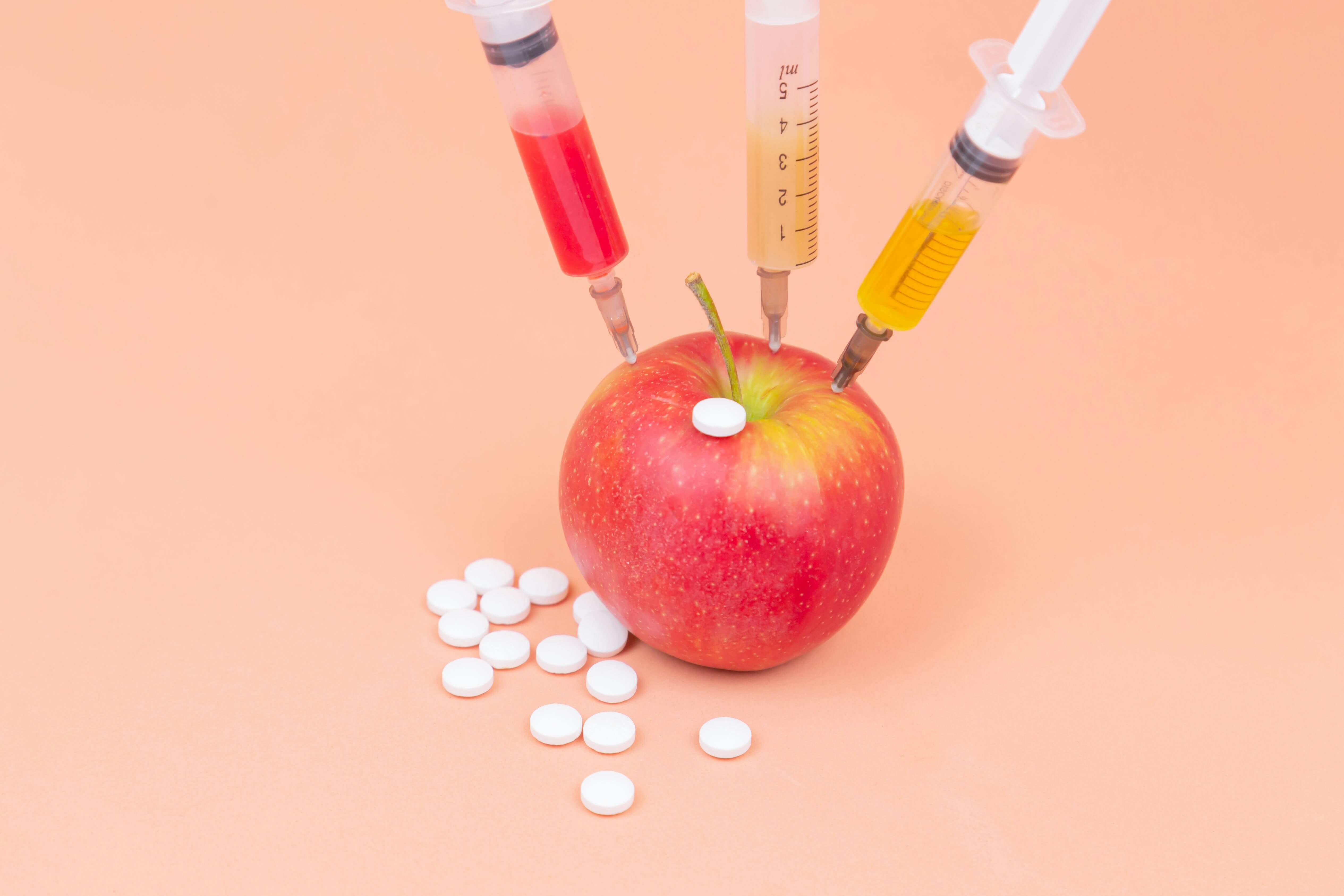The food industry is highly regulated to provision safety, and for good reason. Ensuring that the food we eat is safe is of utmost importance to protect public health. The U.S. Food and Drug Administration (FDA) is responsible for enforcing regulations and guidelines that help to ensure the safety of the food supply. As a food safety professional, it is essential to stay up-to-date with the latest FDA rules, regulations, and guidance.
In this article, we will provide tips and best practices for staying informed on FDA regulations and guidelines, as well as highlight some of the key regulations and guidelines that relate to food safety. We will also discuss the importance of complying with these regulations and guidelines, and how tools like SGS DIGICOMPLY can simplify and automate the tracking process.
The Evolution of FDA Regulations and Guidelines
FDA regulations and guidelines have evolved over time, beginning with the Pure Food and Drug Act of 1906. This landmark legislation was passed in response to the public outcry over the unsafe and sometimes deadly food and drug products being sold at the time. The act provided for the inspection of meat products and prohibited the sale of adulterated or misbranded food and drugs.
Since then, the FDA has continued to refine and expand its regulations and guidelines to cover a wide range of food safety concerns. Key milestones include the Food, Drug, and Cosmetic Act of 1938, which expanded the scope of FDA oversight to include cosmetics and medical devices, and the Food Safety Modernization Act of 2011, which gave the FDA new powers to prevent foodborne illness.
Key FDA Regulations and Guidelines for Food Safety
There are many FDA regulations and guidelines that relate to food safety, and it is essential for food safety professionals to be familiar with them. Some of the key regulations and guidelines include:
- 21 CFR Part 58: Good Laboratory Practices for Nonclinical Laboratory Studies
- FDA GMP: Good Manufacturing Practices for Foods
- 21 CFR Part 117: Current Good Manufacturing Practice, Hazard Analysis, and Risk-Based Preventive Controls for Human Food
- 21 CFR 101.22: Food Labeling: Serving Sizes of Foods That Can Reasonably Be Consumed at One Eating Occasion; Dual-Column Labeling; Updating, Modifying, and Establishing Certain Reference Amounts Customarily Consumed; Serving Size for Breath Mints; and Technical Amendments
- FDA Traceability Rule: Food Traceability List for Certain Foods
- FDA Standards of Identity: Standards of Identity for Food
Each of these regulations and guidelines serves a specific purpose in ensuring the safety of the food supply. For example, 21 CFR Part 117 sets out requirements for facilities that manufacture, process, pack, or hold food for human consumption. Compliance with this regulation can help to prevent foodborne illness outbreaks.
Best Practices for Staying Up-to-Date with FDA Regulations and Guidelines
Staying up-to-date with FDA regulations and guidelines can be a daunting task, but there are several tips and best practices that can help:
- Subscribe to FDA email updates: The FDA offers a variety of email lists that can keep you informed on the latest regulations and guidelines.
- Attend relevant conferences and events: Conferences and events are a great way to stay informed and network with other food safety professionals.
- Join industry associations: Industry associations can provide valuable resources and networking opportunities.
- Use automated tracking tools: Tools like SGS DIGICOMPLY can simplify the tracking process by collecting only up-to-date data, providing recommendations and intelligent search using AI, and helping users to comply with requirements. SGS DIGICOMPLY is a user-friendly solution that provides customized alerts on new or changing regulations, allowing users to be aware of the changes and plan accordingly. The platform also allows users to track their compliance efforts in real-time and generate reports for audit and documentation purposes.
Another tip for staying up-to-date with FDA regulations and guidelines is to attend relevant conferences and events. These events provide an opportunity to network with other professionals in the industry, gain insights from experts, and learn about new and upcoming regulations.
Joining industry associations and trade groups is also a valuable strategy for staying informed. These organizations often provide access to resources, training, and industry-specific information that can help professionals stay up-to-date with FDA regulations and guidelines.
In addition to these tips, it is important to keep a watchful eye on the FDA's website for any updates, changes, or new guidelines. The website provides a wealth of information on regulations, guidance documents, and other resources for food safety professionals.
The Future of FDA Regulations and Guidelines
As technology advances and the food industry evolves, it is likely that new regulations and guidelines will emerge. The FDA has already proposed new regulations, such as the New Era of Smarter Food Safety initiative, which aims to modernize food safety through the use of technology and innovative approaches.
Staying up-to-date with these changes will be critical for professionals in the food safety industry. By regularly monitoring FDA updates, attending relevant events, and leveraging tools like SGS DIGICOMPLY, food safety professionals can stay ahead of the curve and ensure compliance with evolving regulations and guidelines.
Conclusion
In conclusion, staying up-to-date with FDA regulations and guidelines is essential for ensuring the safety and quality of food products. Food safety professionals must remain vigilant and informed of new and changing regulations and guidelines, as well as adapt to new technologies and approaches.
By following best practices like those outlined in this article, food safety professionals can take proactive steps to stay informed and compliant with FDA regulations and guidelines. And by leveraging tools like SGS DIGICOMPLY, they can simplify the tracking process and streamline compliance efforts.





.webp?width=1644&height=1254&name=Food%20Safety%20Dashboard%201%20(1).webp)
